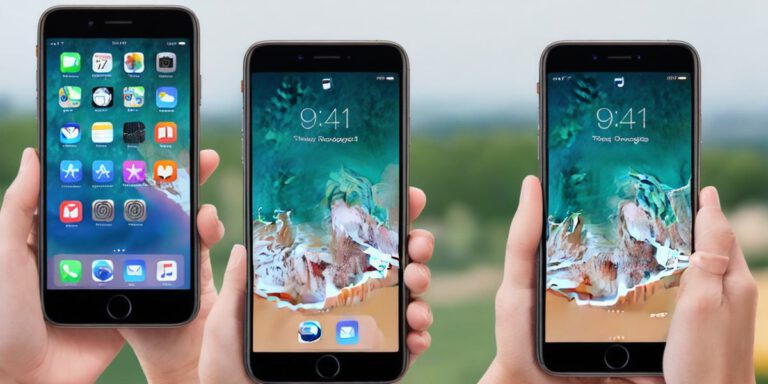Transforming Education with ARKit: Enhancing Learning Experiences through Augmented Reality

Augmented Reality (AR) has emerged as a powerful tool for transforming education, bringing immersive and interactive experiences into the classroom. With the introduction of Apple’s ARKit, educators have a valuable resource to enhance learning experiences and engage students in new and exciting ways. In this article, we will explore how ARKit is revolutionizing education and discuss the benefits of using augmented reality to create immersive and interactive learning environments.
- Visualizing Complex Concepts: ARKit allows educators to visualize complex concepts and bring them to life in a tangible way. By overlaying virtual objects, animations, or 3D models onto the real world, students can interact with and explore abstract concepts that may be challenging to grasp through traditional methods. For example, students can explore the solar system by placing virtual planets in their physical environment, gaining a deeper understanding of their positions and characteristics.
- Virtual Field Trips: ARKit enables virtual field trips, allowing students to explore different locations and historical sites without leaving the classroom. By using AR, students can virtually visit famous landmarks, archaeological sites, or natural wonders, providing them with a more immersive and engaging learning experience. This technology eliminates logistical constraints and expands students’ access to real-world learning opportunities.
- Hands-on Experiments: ARKit can simulate hands-on experiments, providing students with the opportunity to conduct experiments in a virtual environment. By using AR, students can interact with virtual objects, conduct simulations, and observe the outcomes of their experiments in real-time. This approach enhances critical thinking skills and allows for safe experimentation without the need for expensive equipment or physical resources.
- Gamified Learning: ARKit enables the creation of gamified learning experiences, making education more enjoyable and interactive for students. By integrating game mechanics with educational content, students can engage in interactive quizzes, challenges, and puzzles that reinforce learning objectives. This approach enhances motivation, promotes active participation, and provides immediate feedback, making the learning process more engaging and effective.
- Collaborative Learning: ARKit fosters collaborative learning by enabling students to work together on AR projects. Students can collaborate on virtual models, presentations, or simulations, promoting teamwork, communication, and problem-solving skills. This collaborative approach enhances engagement and encourages students to actively participate in their learning journey.
- Accessibility and Inclusivity: ARKit offers opportunities for creating inclusive learning environments. Augmented reality can provide additional support and accessibility features for students with different learning styles, abilities, or special needs. For example, AR can provide visual or auditory cues, adaptive content, or personalized learning experiences tailored to individual student needs. This inclusivity enhances student engagement and ensures that every learner can actively participate and benefit from the educational content.
Conclusion: ARKit is revolutionizing education by enhancing learning experiences through augmented reality. By leveraging ARKit, educators can visualize complex concepts, take students on virtual field trips, facilitate hands-on experiments, gamify learning, foster collaboration, and create inclusive learning environments. Augmented reality brings a new level of engagement, interactivity, and immersion to the classroom, making education more dynamic and accessible for students. Embracing ARKit in education opens up a world of possibilities, enabling educators to create innovative and impactful learning experiences that inspire and empower students.








